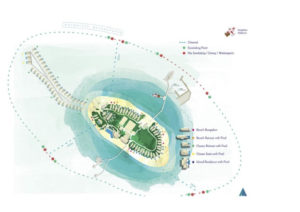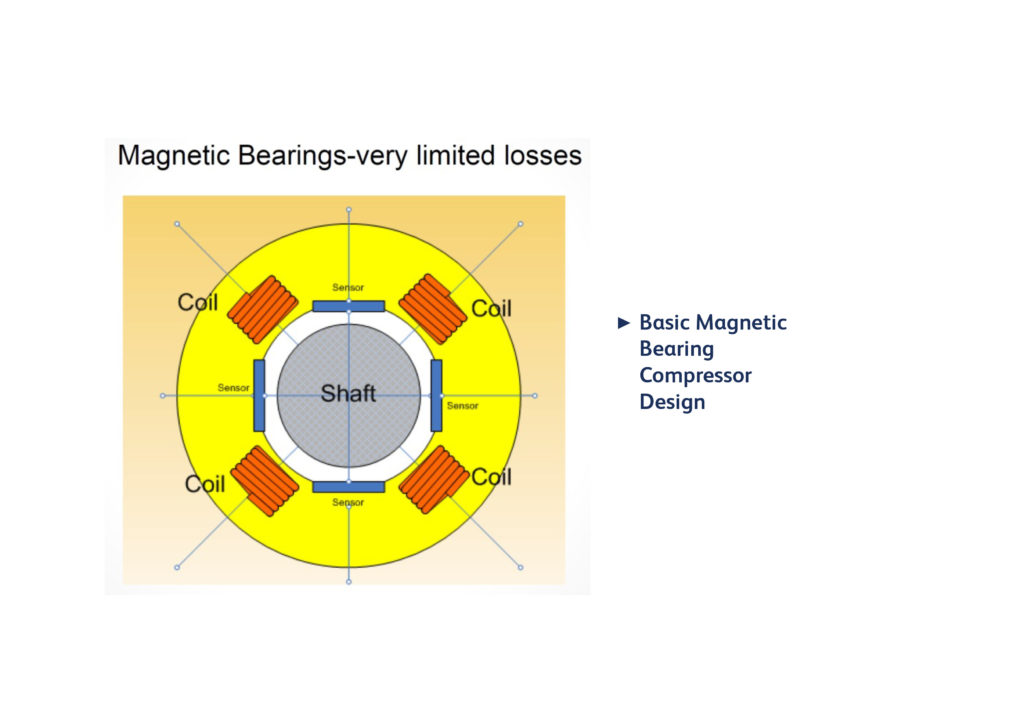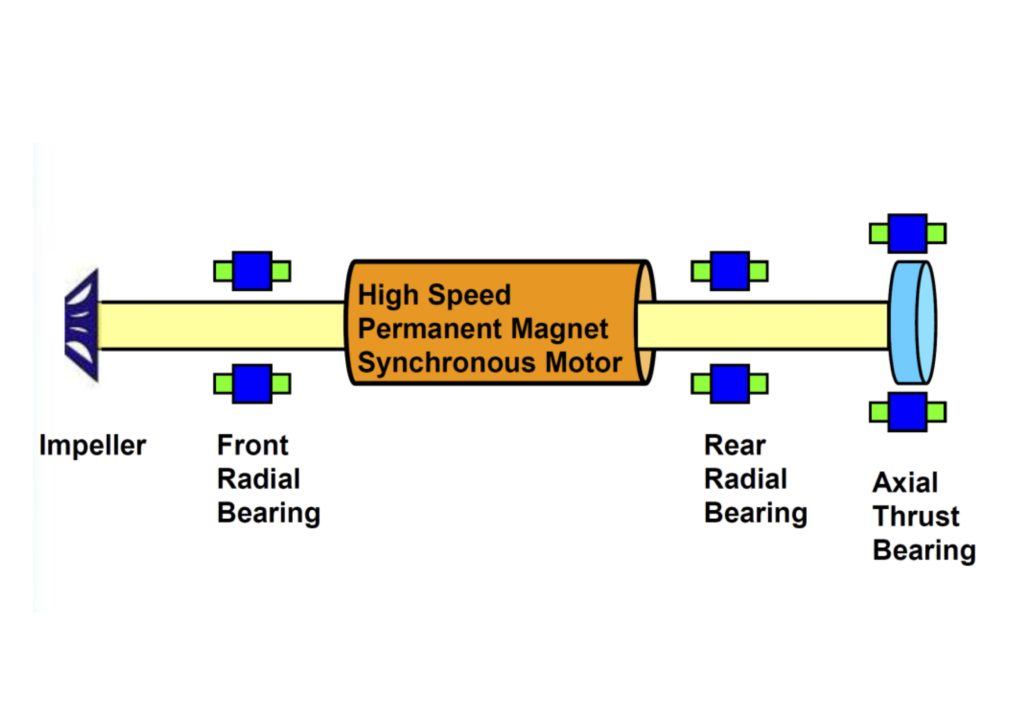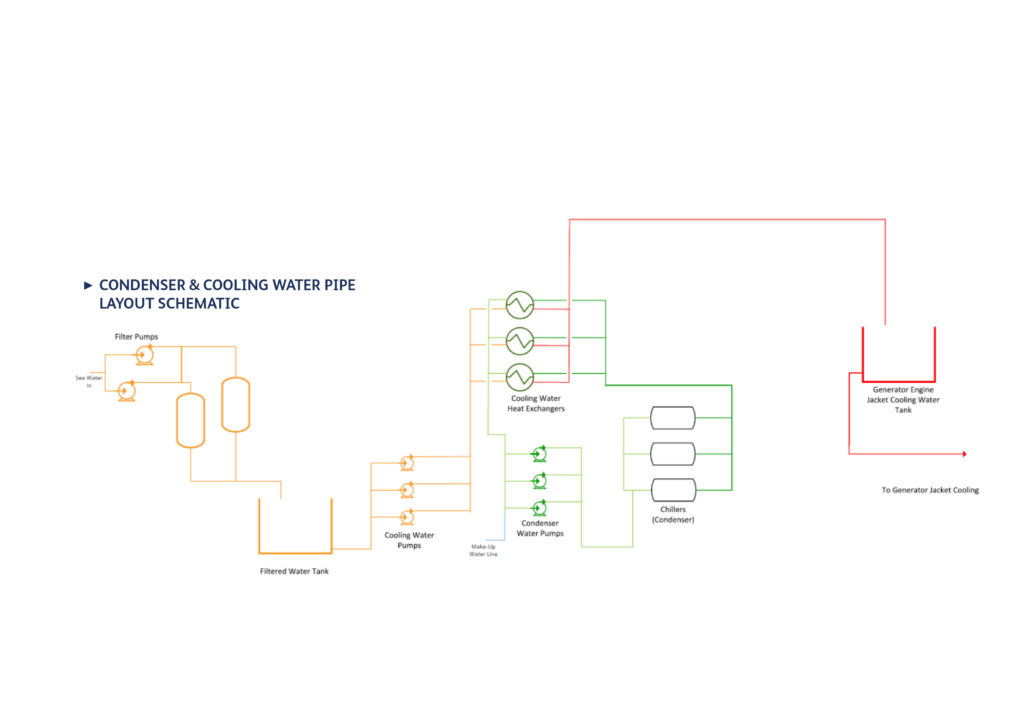Nimal Amukotuwa elaborates on a project in an island resort in Maldives involving chilled water air conditioning with oil-free compressors

The chilled water system at the Faarufushi island resort in the Maldives provides a coefficient of performance (CoP) of 3.889 kW.r/kW.i, with an eye on long-term sustainability of the system and guest comfort. It does so with an oil-free chiller, achieving a CoP of 5.024 kW.r/kW.i at full load. In addition to the several energy-saving factors incorporated in the chilled water system, the maintenance costs are much lower than in a conventional air conditioning system in the Maldives.
MALDIVES AND FAARUFUSHI MALDIVES
Located in the tropics, Faarufushi Maldives experiences a warm (average annual DB temperature around 30 degrees C) humid climate (annual average RH around 80%).
The 86-guest accommodation comprises 47 beach villas and 39 ocean retreats, built on stilts over the waters of the lagoon.
The back-of-the-house items, such as utility buildings, kitchens, storage and accommodation and the staff facilities are located in the centre of the island, away from the guest retreats. The staff accommodation houses around 230 personnel, required to provide the day-to-day needs of the guests, maintain the utilities and manage the staff.
 THE AIR CONDITIONING SYSTEM PROPOSED AND INSTALLED
THE AIR CONDITIONING SYSTEM PROPOSED AND INSTALLED
As the islands in the Maldives are separated from one another, the power and water need to be generated in each of them. The cost of an electrical kWh and a cubic metre of domestic water so generated is around USD 0.25 per kWh and USD 2.50 per m3, respectively at current oil prices. Therefore, the electric power and water consumption of the air conditioning system requires to be as low as possible. An air-cooled system would not be acceptable, owing to the high corrosion rate of the cooling fins from the sea breeze blowing through the island, carrying salt-laden moisture.
 To meet the challenges, the system proposed for Faarufushi was…
To meet the challenges, the system proposed for Faarufushi was…
• A central chilled water system (water-cooled, oil-free (less) chillers)
• A closed-loop condenser water system to avoid water consumption, where sea water cools the condenser water. The sea water leaving the chiller plant room is used to cool the generator engine jacket coolant, saving the power required to have an additional sea water pump for that purpose)
• Make-up water supply for the chilled water and condenser water closed systems from a second stage reverse osmosis plant to ensure that a water quality of TTD > 4.00 ppm, calcium hardness > 1.6 ppm and a pH of 7.4 is maintained in providing a corrosion-free water system.
• Chilled water, condenser water and cooling water pipe circuits with non-metallic (PE and HDPE) piping, towards providing a corrosion-free pipe layout
• Avoidance of a pressure-differential sensor on the index pipe circuit, which is over 700 metres from the chilled water plant room, to control the secondary pump speed variation (achieved with sensor-less VFD pump controller)
• Guest room thermostats, with set back during unoccupied periods, where the mode is sensed via the key card switch
• Dehumidifier (operated via a thermocouple) installed in each guest room to remove humidity and, thereby, provide a lower latent load to the chilled water system
• A chiller system manager to control the auto operation of the chillers, primary chilled water pumps, condenser water pumps and condenser water cooling pumps
• Btu meters (with ultrasonic flow meter) and flow meters to monitor the energy of each chiller and resort cooling load
• Ultrasonic flow meter to monitor the de-coupler flow and provide a signal to chiller system manager to stage the chillers as per resort cooling demand, based on chilled water flow requirement
• A pump controller to manage the secondary pump speed and staging of the pumps in an energy-efficient manner in meeting the resort’s cooling demand
• Float switch arrangement to maintain the water level of the filtered seawater tank, whilst staging the lead lag of the two pumps


The water-cooled, oil-free chillers
The Faarufushi project opted for Daikin Magnitude water-cooled centrifugal chillers to meet the requirements of deploying water-cooled, oil-free (oil less) chillers. The chillers were fitted with Turbo Core compressors, which are VFD-driven and have a permanent magnet motor. The magnetic bearings eliminate the need for oil in the compressor and, thereby, avert the possibility of the mixing of oil in the refrigerant system.
The use of a permanent magnet motor in a centrifugal compressor is more efficient than either deploying a fixed-speed centrifugal compressor or a traditional variable-speed centrifugal compressor, with a traditional motor.
In addition to the friction-less rotation of the compressor shaft, the possibility of mixing of oil with refrigerant in the system is eliminated. (Typically, oil, on mixing with the refrigerant, forms a coating on the inside of the evaporator and condenser tubes, causing a reduction of heat exchange. As per ASHRAE Research Project 751-RP, oil films/coatings on the heat transfer surfaces could result in a steady drop in performance. And RSES Journal has indicated that oil in evaporator of 1-2% results in a 2-4% performance loss, and of 7-8% results in a 13-15% performance loss.
As per Daikin, the maintenance of the magnetic-bearing chiller is minimal. As such, the client – the owner of Faarufushi Maldives – proposes to enter into a service contract with Daikin on completion of the defects’ liability period, to ensure properly maintained and serviced chillers.
To contain the noise of the chillers and associated pumps, the chiller plant room has an acoustic treatment, and the noise level outside the room is not over 45.0 dBA.
Closed-circuit condenser water system
Although the installation has water-cooled condensing system, due to the closed-water loop, the condenser water circuit has no water consumption. The condenser water heat is rejected by sea water via a heat exchanger. The good water quality ensures long life of the condenser tubes and other components in the condenser water circuit.


The Chilled Water (ChW) system
The same water quality, as in the condenser water system, is maintained in the chilled water system to keep the components of the ChW system in good condition. The secondary chilled water system layout’s total piping coverage is around 6,600 metres, and with low-friction-loss pipe design, the pumping power is 13.4 kWs at peak flow rate.
It is anticipated that the chiller, the piping system (chilled water, condenser water and cooling water) and the piping would provide Faarufushi Maldives 25 years of service, at a minimum. In addition, the installed chiller, having a higher efficiency than that of a standard chiller, provides more energy savings.
The maintenance requirement of the central chilled water system is less than that of a DX air conditioning system, which requires constant cleaning of the outdoor unit condenser coils, and the replacement of units every 5-6 years. Although the capital costs of the chilled water system in the Faarufushi project was much higher than what it would have been if the owner had chosen a DX system, a lifecycle cost analysis between the ChW and DX systems, based on a 25-year period, indicates a saving of over USD 3,000,000.


ENERGY RATINGS AND WATER CONSUMPTION
The CoP of the chiller and chilled water plant, inclusive of all pumps (primary ChW, CW, secondary ChW, sea water filter and cooling) is 5.127 kW.r/kW.i. and 3.889 kW.r/kW.i (0.9044 kW/T.r), respectively. Owing to the fact that the condenser water circuit is a closed loop, there is no water consumption. Indeed, the water consumption of the chiller plant is 0.0 litres.
SAVINGS WITH THERMOSTATS SET BACK IN GUEST ROOMS
The estimated power savings by setting the guest rooms at an annual average of 60% occupancy at a pre-set temperature of 25 degrees C, when the room is unoccupied (as sensed by the key card switch) is 23,548 kWh.
CONCLUSIONS.
The chilled water system installed at the Faarufushi Maldives resort trumps the conventional DX air conditioning systems used in other resorts in a number of ways:
(a) Sustainability – the longer life of the system is a major plus, compared to split units, which require more frequent replacement
(b) Cost efficiency – resulting from lower maintenance and replacement costs
(c) Energy efficiency – due to the efficient chillers connected to the chilled water (oil-free chillers rather than conventional chillers, which require lubricating oil)
(d) Environment friendliness – due to the absence of consumption of water in a water-cooled system
 Nimal Amukotuwa is an independent consultant. He can be contacted at namukotuwa@gmail.com
Nimal Amukotuwa is an independent consultant. He can be contacted at namukotuwa@gmail.com
Copyright © 2006-2025 - CPI Industry. All rights reserved.